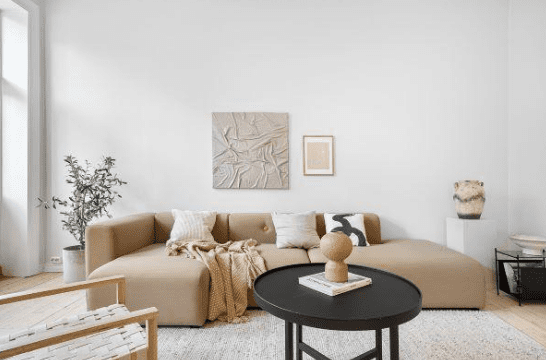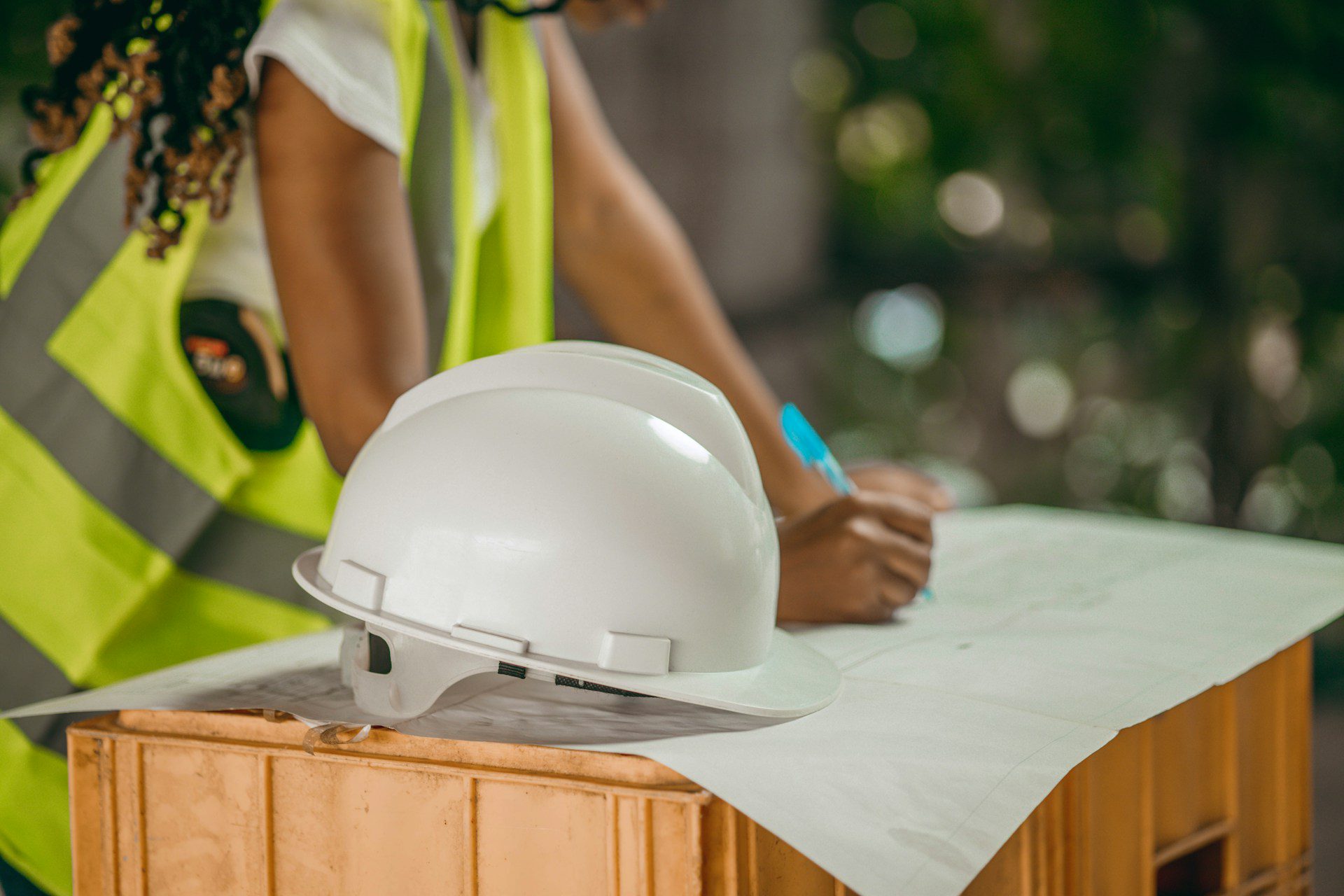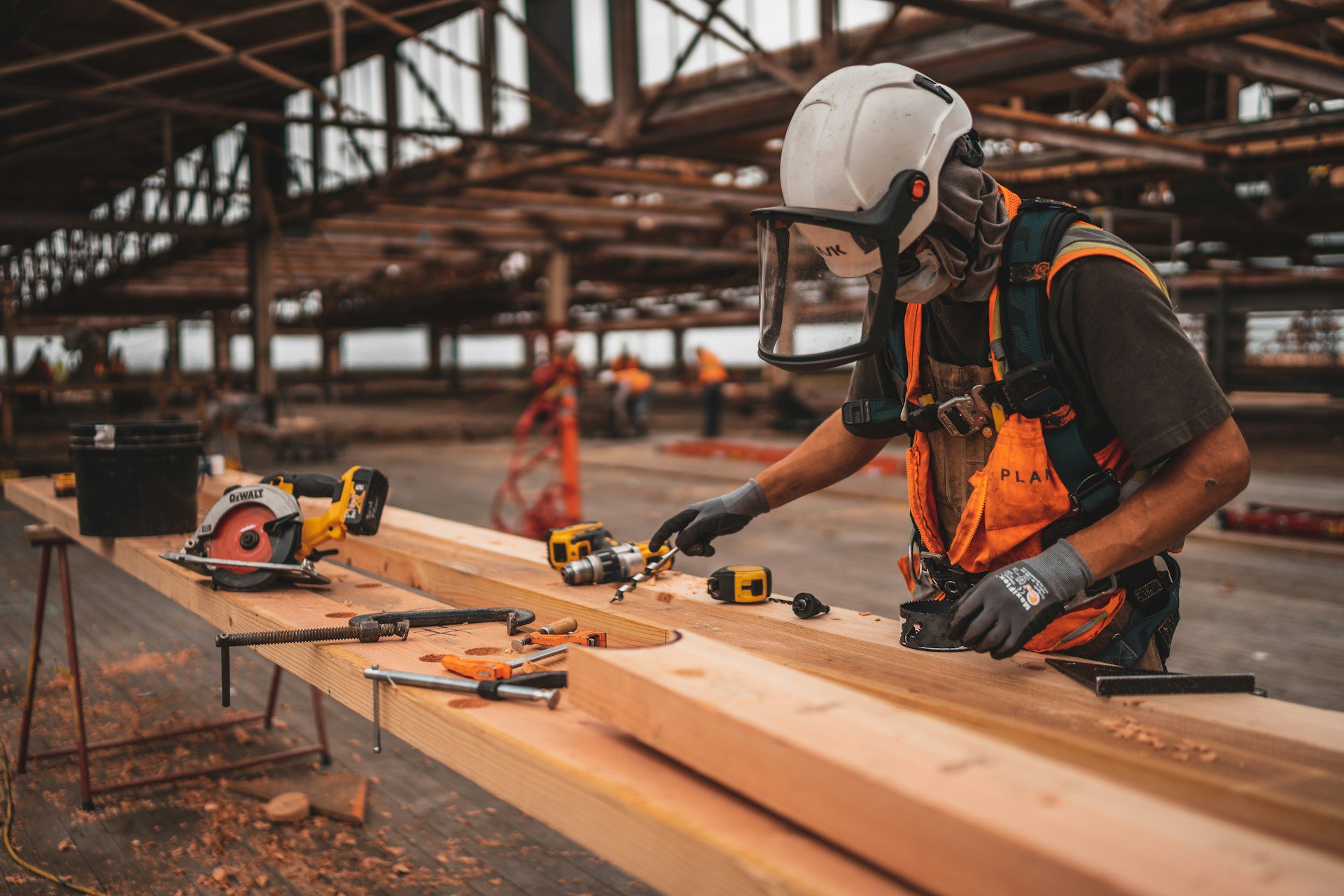
Interior design has changed a lot in the last few years. People want unique homes. They want designs that show their style. At the same time, they want smart, practical solutions. A laser cutter makes this possible.
With a laser cutting machine, you can cut and engrave many materials. You can shape wood, acrylic, fabric, and even metal. A CO2 laser is one of the most popular tools. It is precise, clean, and easy to use. A laser engraver can add details that hand tools cannot.
Laser cutting is no longer only for factories. It is now a big trend in home decoration. Designers and DIY lovers use it to create art, furniture, and functional items.
Contents
Why Laser Cutting is Important for Interior Design
Laser cutting brings many advantages to interior design.
- Precision: A laser cutter makes very fine cuts. Patterns look clean and sharp.
- Speed: A laser cutting machine works fast. Projects that take hours by hand can take only minutes.
- Versatility: A CO2 laser can cut wood, acrylic, leather, and other materials.
- Personalization: A laser engraver allows unique designs. You can add names, logos, or custom patterns.
These benefits make laser cutting a great tool for anyone who wants creative interiors.
Materials You Can Use
Different materials give different looks and uses. Here are some common ones:
1. Wood
Wood is warm and natural. A laser cutter can cut shapes for wall panels, shelves, or partitions. You can engrave detailed designs into wooden furniture.
2. Acrylic
Acrylic is modern and clean. A CO2 laser cuts it with smooth edges. It is good for lighting panels, signs, and decorative screens.
3. Fabric and Leather
You can use a laser cutting machine to make patterns in fabric. Curtains, upholstery, or cushions can all have custom designs. Leather can also be cut or engraved for chairs or wall panels.
4. Metal
With the right settings, a laser cutter can engrave or cut thin metals. This is useful for art pieces, lamp covers, or hardware details.
Applications in Interior Design
Laser cutting opens many possibilities. Here are some popular ways to use it in homes:
Wall Art
Large decorative panels are a big trend. A laser cutter makes it easy to create detailed geometric or floral patterns. You can use wood, acrylic, or metal. These panels can act as room dividers or wall highlights.
Lighting
Light plays a key role in design. With a CO2 laser, you can cut lamp shades or ceiling lights. The small cuts let light pass through in creative patterns. It changes the mood of a room instantly.
Furniture
Tables, chairs, and shelves can be shaped with a laser cutting machine. A laser engraver can add designs to the surface. The result is furniture that feels unique and personal.
Textiles
Laser cutting is also great for textiles. Curtains with cut-out patterns create elegant shadows. Leather chairs with engraved designs feel luxurious.
Kitchen and Dining
Personalized items are popular in the kitchen. Cutting boards, trays, and glassware can all be decorated with a laser engraver. A CO2 laser makes fine engravings that last.
Signage and Labels
Many people use laser cutting machines to make home signs. You can create room labels, family names, or motivational quotes. The clean lines of laser cutting give a professional look.
How Homeowners Can Use Laser Cutting
You do not need to be a professional designer. A small CO2 laser machine can fit into a home workshop. Many models are beginner-friendly.
Here are steps to start:
- Choose a design. You can draw your own or use ready files.
- Select material. Wood and acrylic are easy for beginners.
- Set up the machine. Follow safety rules. Wear protective glasses if needed.
- Test the settings. Make a small test cut before the final project.
- Cut or engrave. Let the laser cutter do the work.
- Finish the piece. Sand, paint, or assemble as needed.
Benefits for Professionals
Interior designers and architects also use laser cutting machines in projects.
- Customization for clients. They can offer designs no one else has.
- Fast prototyping. They can test ideas quickly.
- Cost savings. A CO2 laser reduces waste by cutting only what is needed.
- High value. Laser-cut products often look more premium, so clients are willing to pay more.
Safety and Maintenance
Working with lasers needs care.
- Always follow machine instructions.
- Keep the workspace clean.
- Use proper ventilation, especially with materials like acrylic or leather.
- Clean the lens of your laser cutter often.
- Replace parts when needed to keep precision.
A well-maintained laser cutting machine lasts many years.
Future Trends in Laser Cutting for Interiors…
The future looks bright for laser cutting. Machines are getting smaller and more affordable. Software is becoming easier to use. Many CO2 laser machines now connect to computers or even mobile apps.
There is also a focus on eco-friendly design. Laser cutters help reduce waste and allow upcycling of old materials. People want sustainable interiors, and laser cutting supports this.
As technology grows, more homeowners will use a laser engraver or laser cutting machine in DIY projects. The line between professional and personal use will continue to blur.







